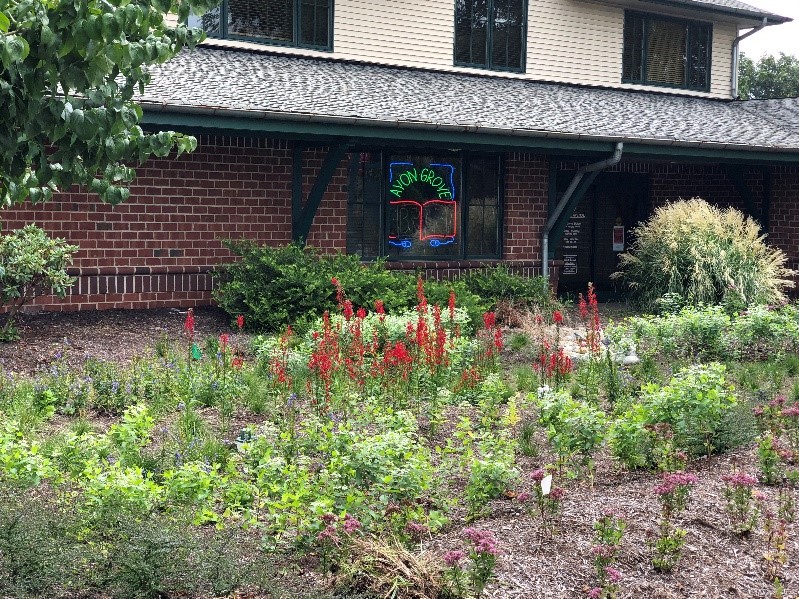It seems that everything is going “green” these days… and that’s a good thing. You may have heard of things…
Imagine looking at a house to buy and seeing soapy water flowing from a pipe into a ditch. Would…
9 am to noon, Tuesday, October 3rd At Shadyside Park, 1645 Shadyside Road West Chester, PA 19380 in West Bradford…
PWEA Leadership Development Conference Presented by the PWEA Training Committee 7:30am – 4:00pm ~ ~ ~ Thursday, September 14, 2023…
This training program is a combination of virtual and on-site training. It will begin with a basic overview of wetlands…
Join CWMP as we summarize all the information and resources that your municipality can use for the Public Education component…
On Thursday, January 19, 2023, Chester County Municipal staff, elected officials and contractors, met for a Breakfast Meeting at Northbrook…
This article originally appeared on the Brandywine Conservancy blog and the Stroud Center’s website. By John K. Jackson, Ph.D. The…
Watch the recording of our previous meeting on Stormwater Funding and Fees. There are also other videos available on our…
Join us for a LAWN TO MEADOWS WORKSHOPTuesday, October 25, 20229:00 AM to noon, lunch providedAt Shadyside Park, West Bradford…



